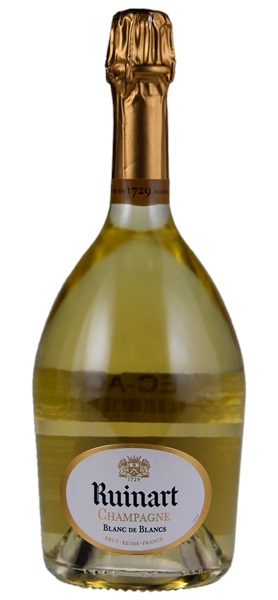Removed from a temperature and humidity controlled wine cellar; Purchased upon release; Consignor is original owner

Image above is an example. To view the image of the lot, click the item number.
Estimate
A toasty blanc de blanc with an aromatic overtone of smoke and lemon peel notes accenting flavors of poached apricot, brioche, passion fruit coulis and fresh thyme. Fine and creamy in texture, with a racy finish.
Smoky citrus and orchard fruits on the deeply perfumed, mineral-tinged nose. Offers broad, toasty orange and pear skin flavors with an undercurrent of dusty minerals. Picks up floral and ginger nuances with air, along with hints of iodine and tarragon. Rich yet lively blanc de blancs with powerful back-end lift and finishing grip.
A fruity yet firm blanc de blancs with some brioche, cooked-apple and pear aromas and flavors. Full-bodied and flavorful. Fruity finish. Always a good bottle.
...finely textured, elegant with minerality and the freshest crispest apple flavors...a satisfying, textured wine...
...bouquet wafts from the glass in a bright blend of lemon, apple, warm bread, a touch of smokiness, dried flowers and a lovely base of soil...deep, full-bodied, crisp and focused, with brisk acids, frothy mousse, good cut and grip...
The trademark profile of lemon, jasmine and green apples is very much in the forefront while the wine’s textural finesse and length are both first-class.
Very intense nose with sour green fruit and a strong salty note...very stylised and uncompromising, with loads of hard cheese and yeasty character.